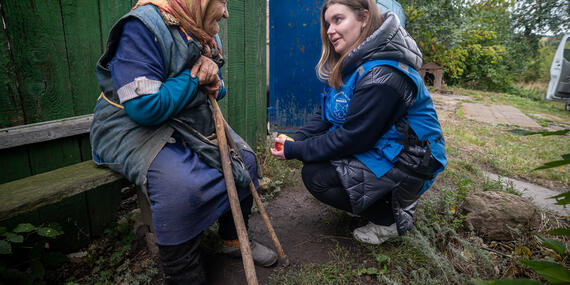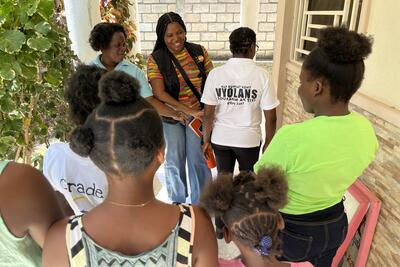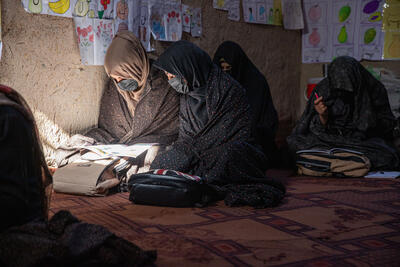Localization

Humanitarian response should be “as local as possible, as international as necessary.” That thinking emerged from the 2016 World Humanitarian Summit (WHS), strongly supported by the fact that local NGOs and aid workers are often the first responders during a crisis. They have solid networks within the community, which helps them identify the most vulnerable groups that need assistance.
Local NGOs also have experience of dealing with emergencies, which makes them extremely effective in a humanitarian response. They are critical for the humanitarian community to stay and deliver in an already challenging environment.
At the WHS, several changes were proposed in how donors and aid organizations achieve localization. These proposals are known as the Grand Bargain – an agreement made at the WHS between donors and aid organizations that aims to get more resources into the hands of people in need.
To achieve this goal, the Grand Bargain set up various measures including a call for investment in local and national responders to improve their capacity; a “localization” marker to measure direct and indirect funding to local and national responders; and providing 25 per cent of funding directly to local responders by 2021. This 25 per cent target changed in 2021’s Grand Bargain 2.0; it was reflected as an “increase,” not as an absolute number.
OCHA has made progress on the commitments made at the WHS. For example, the amount of funding we allocate to local NGOs through the Country-Based Pooled Funds, which OCHA manages, has risen from 22.8 per cent in 2016 to 34 per cent in 2021.



